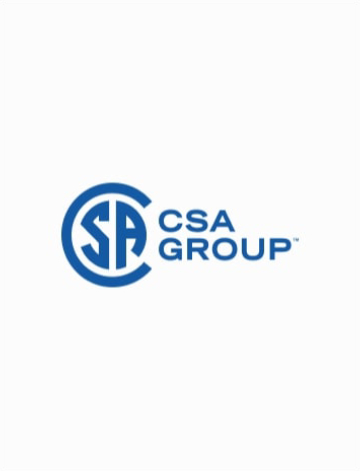
CAN/CSA-Z412-M89
Office Ergonomics
- Publication Year 1989
- Published by CSA Group
- Withdrawn
View Access for this document is only available for viewers in Canada.
Available Formats:
Language:

View Access for this document is only available for viewers in Canada.